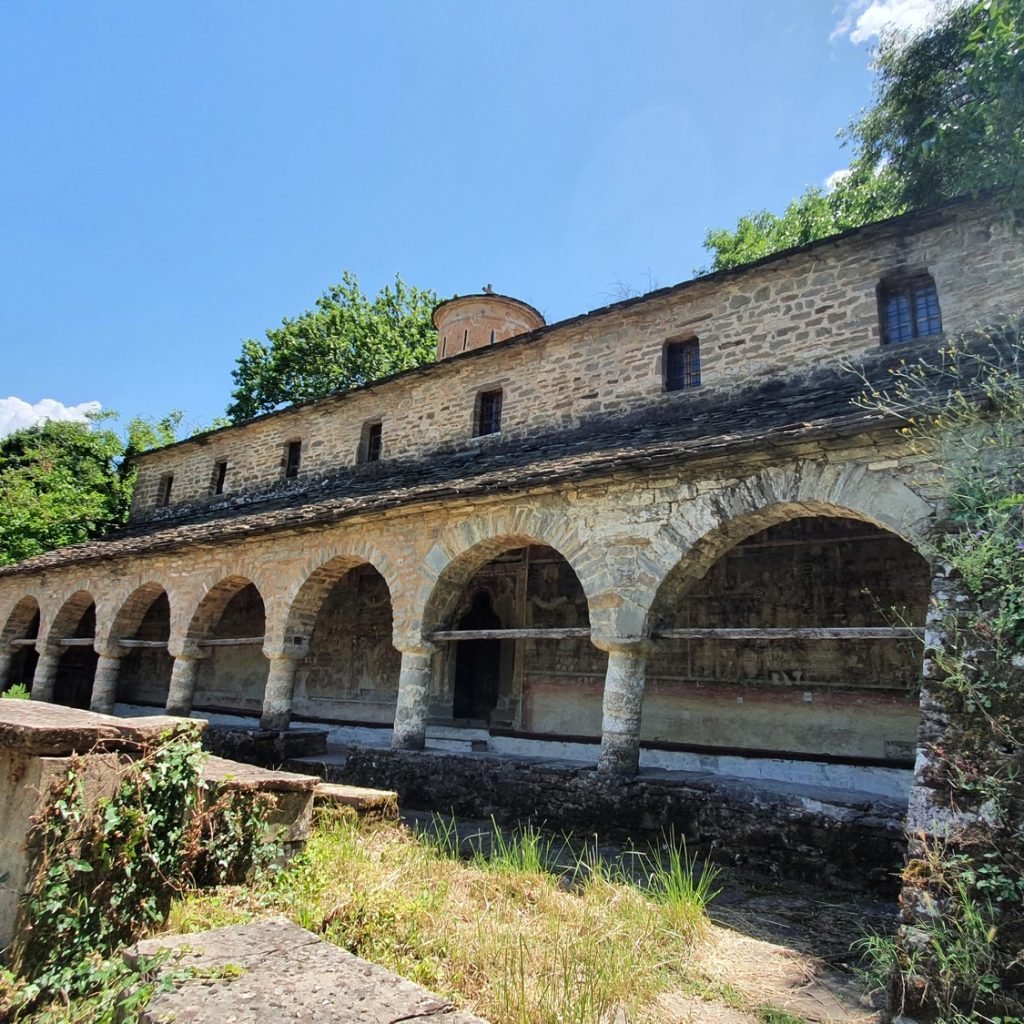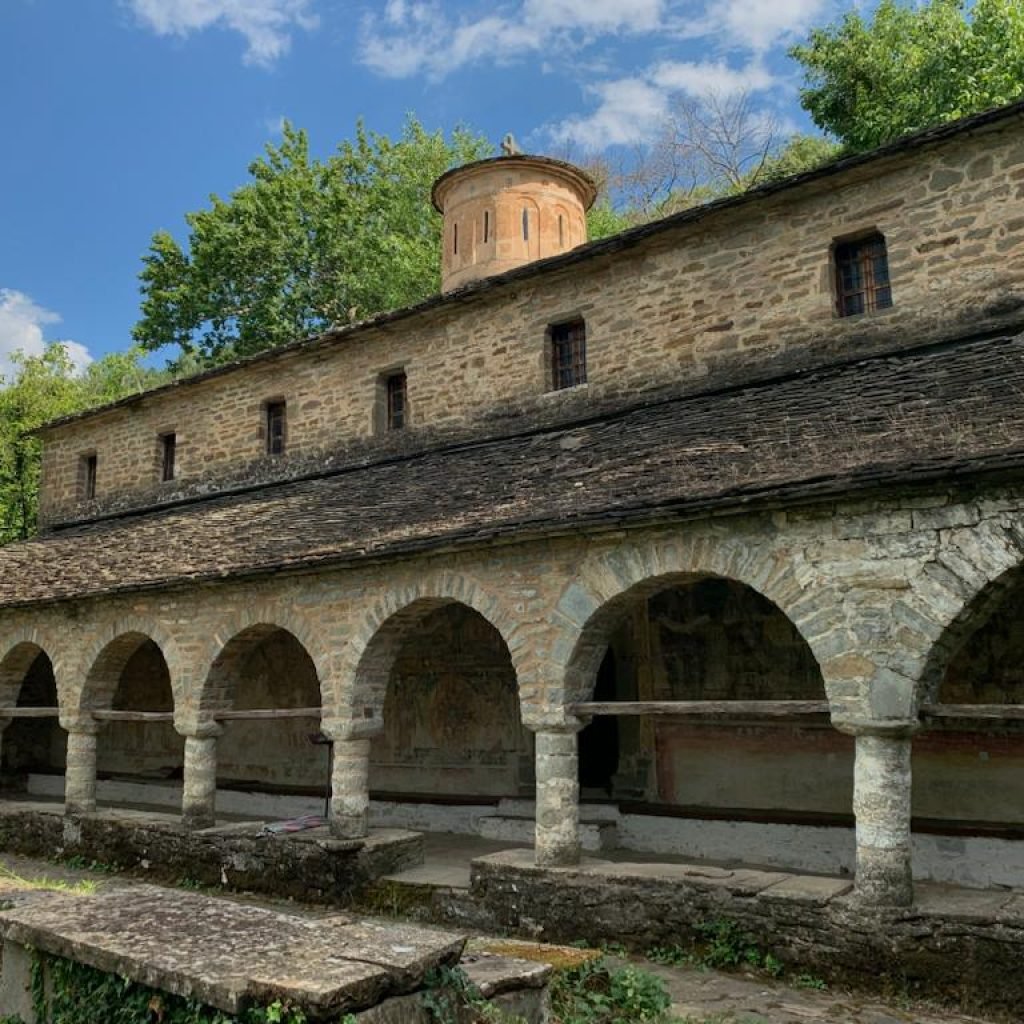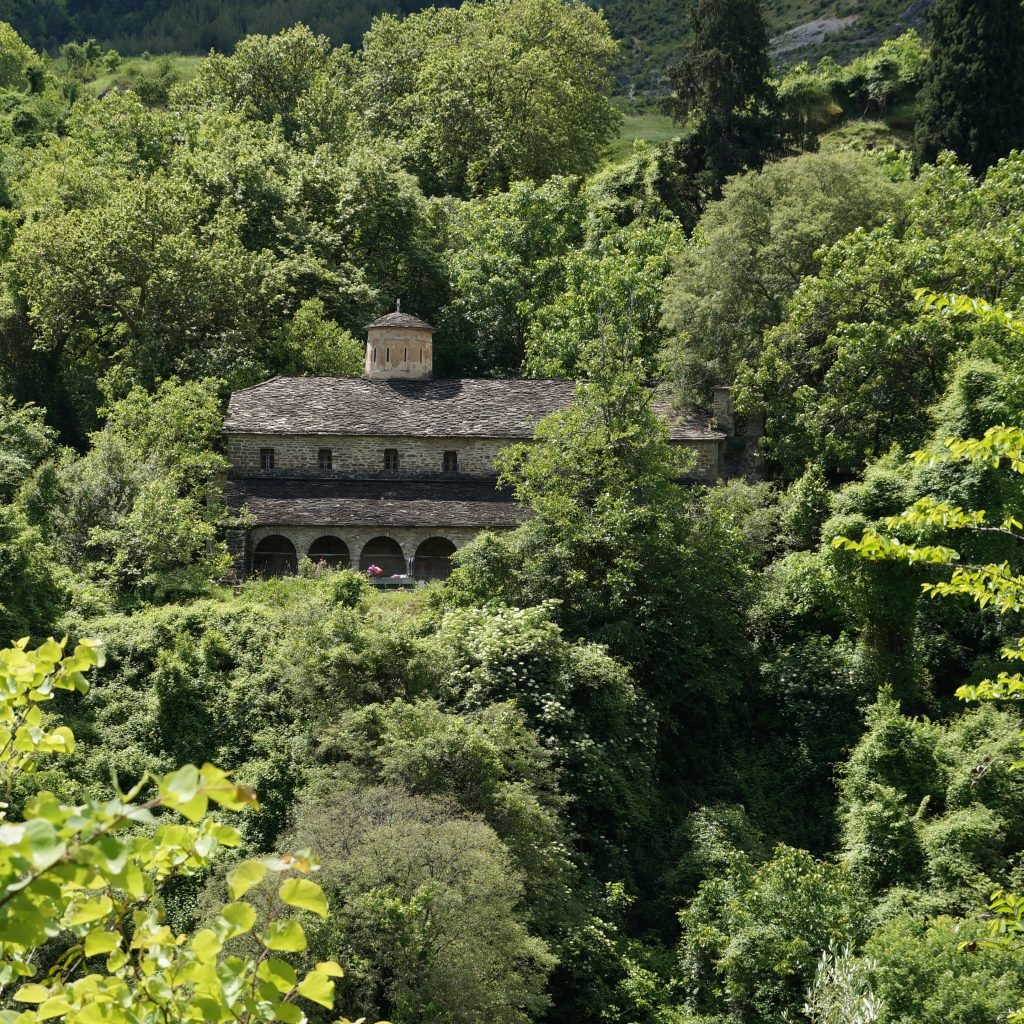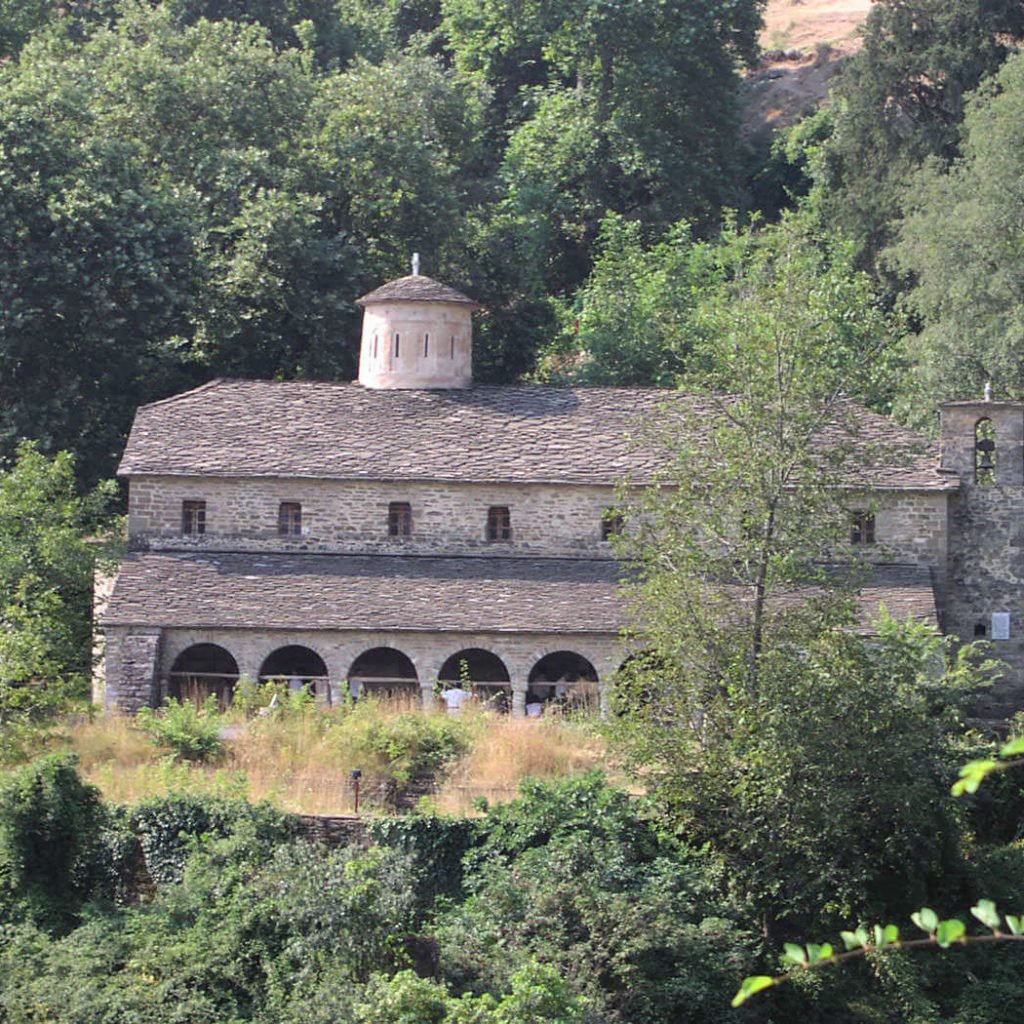Tucked away in the tranquil mountain village of Leusë, just a few kilometers from the town of Përmet in southern Albania, the Church of Saint Mary (Kisha e Shën Mërisë) stands as one of the most significant religious and historical monuments in the region. Surrounded by the natural beauty of the Vjosa River valley and the gently rolling hills of the Përmet area, this sacred site offers visitors not only a profound spiritual experience but also a journey into the heart of Albania’s Orthodox Christian heritage.
Built in the early 18th century, the Church of Saint Mary is a masterpiece of post-Byzantine architecture. According to local tradition and historical records, its construction was completed in 1761, during a time when the Orthodox Christian community of Leusë was thriving. The church was financed through donations from wealthy local families, as well as contributions from the diaspora—Albanians living abroad who wished to maintain a strong connection to their homeland and faith. Its elevated location above the valley was deliberately chosen to provide a peaceful, almost otherworldly setting, removed from the noise of everyday life.
The church is constructed primarily from local stone, with thick walls and a robust, rectangular structure typical of Orthodox churches of that era. The roof is covered with traditional stone slabs, giving it a rustic yet enduring character. A modest bell tower rises to one side, while a shaded courtyard enclosed by stone walls surrounds the building, creating a serene space for reflection and community gatherings.
Upon entering, visitors are immediately struck by the richness of the church’s interior. The walls, ceilings, and arches are covered with vibrant frescoes that depict scenes from the Old and New Testaments, portraits of saints, and symbolic representations of divine figures. These murals were painted by skilled iconographers, believed to have come from the nearby Orthodox artistic schools of the Balkans, whose styles reflect a blend of Byzantine and local influences. Over time, the colors have softened, but the expressiveness and detail of the artwork remain deeply moving.
The centerpiece of the church is the intricately carved wooden iconostasis—a screen that separates the altar from the nave. This work of art is adorned with icons of Christ, the Virgin Mary, and various saints, framed by floral and geometric motifs meticulously chiseled into the wood. Despite centuries of exposure to humidity and time, the iconostasis has been remarkably preserved, making it one of the finest examples of its kind in Albania.
In addition to its religious and artistic significance, the Church of Saint Mary has long played a central role in the life of the local community. For generations, it has hosted weddings, baptisms, and funerals, as well as annual celebrations, especially on August 15, the Feast of the Assumption of the Virgin Mary. On this day, hundreds of pilgrims ascend to Leusë to take part in the liturgy, light candles, and join in festive gatherings that include music, dancing, and traditional food—an enduring expression of Albanian Orthodox culture.
Despite its historical importance, the church was once at risk during the communist era, when Albania’s regime declared the country officially atheist and closed or destroyed many religious buildings. Fortunately, thanks to the devotion of the local villagers, the Church of Saint Mary survived, although it remained unused for decades. Since the fall of communism in the early 1990s, restoration efforts have helped preserve the structure, and the church was reopened for worship and declared a protected cultural monument.
Today, the Church of Saint Mary in Leusë continues to draw visitors from across Albania and beyond. Pilgrims, art historians, architecture lovers, and curious travelers alike are captivated by its serene setting, deep spiritual ambiance, and timeless beauty. Reaching the church requires a short but scenic uphill walk through cobblestone paths and traditional stone houses, offering a glimpse into rural Albanian life that has changed little over the centuries.
Visiting this church is more than just sightseeing—it is a moment to pause, reflect, and connect with a place where faith, history, and art are woven together in quiet harmony. Whether bathed in golden sunlight or wrapped in morning mist, the Church of Saint Mary in Leusë stands as a silent yet powerful testament to Albania’s enduring religious traditions and the deep cultural roots of its people.








Comment (0)